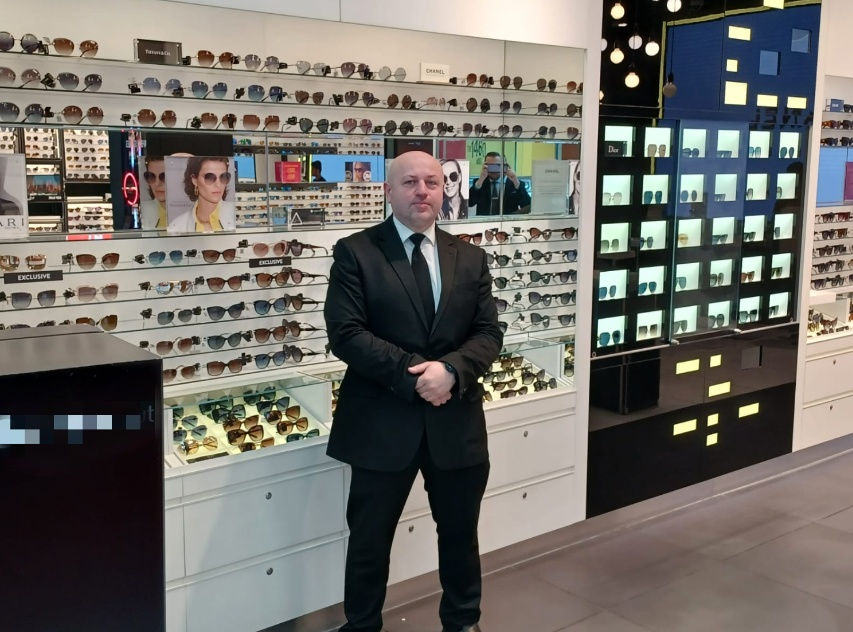What Is The Role Of Security In A Retail Store?
- Fahrenheit Security
- Jul 15, 2024
- 3 min read
Updated: Jul 16, 2024
The role of security in a retail store is to keep everyone safe and protect the store's assets. By using a combination of theft deterrence, loss prevention, surveillance systems, and clear security policies, stores can create a safe and secure environment for both employees and customers. Regularly updating and improving security measures ensures that the store remains a safe place to shop and work.
Why is Security Important in Retail Stores?
Security in a retail store is essential for keeping everyone safe and protecting the store's goods. It helps prevent theft, ensures the safety of staff and customers, and keeps the store running smoothly. Let's look at the various aspects of security and why they matter.
Preventing Theft and Loss
One of the biggest challenges for retail stores is preventing theft. Shoplifting and employee theft can lead to significant losses over time. To tackle this, stores use various theft deterrence measures, such as CCTV surveillance and video surveillance systems. These cameras keep an eye on what's happening in the store and discourage potential thieves.
Loss prevention goes beyond just stopping theft. It includes inventory control to keep track of stock accurately. By doing this, stores can quickly spot any discrepancies that might indicate theft or fraud. Effective retail theft prevention helps protect the store's bottom line.

Ensuring Safety for Everyone
Employee safety is priority number 1. Staff need to feel secure while they work. Security personnel and security equipment like alarm systems and emergency response plans help create a safe working environment. When employees feel safe, they are more productive and happier.
Customer safety is just as important. Shoppers should feel comfortable and protected while in the store. Safety measures such as having visible security guards and well-maintained security systems contribute to a pleasant shopping experience. Happy customers are more likely to return, boosting the store's success.
Protecting Store Assets
Asset protection means keeping the store's property safe from harm or theft. This includes using access control to restrict who can enter certain areas of the store. Risk management involves identifying potential threats and finding ways to reduce them. Regular security audits help identify weaknesses in the store's security setup and improve them.
Surveillance systems like CCTV monitoring are essential. They allow store managers to keep an eye on the store's operations in real-time. This continuous oversight helps prevent criminal activities and provides valuable evidence if an incident occurs.
Training and Awareness
Proper security training for staff ensures that they know how to follow security protocols and handle various security situations. Security awareness campaigns help build a culture of alertness and proactive safety among staff. When everyone is aware of security risks and how to address them, the store becomes a safer place.

Managing Incidents
Handling security incidents effectively is important for minimising damage. Clear plans for incident reporting ensure that all security breaches are documented and addressed quickly. This helps in spotting patterns and implementing measures to prevent future issues.
Setting Security Policies
Having clear security policies and procedures is essential for maintaining a secure store. These guidelines outline what employees should do in case of a security threat. Regular security inspections and safety inspections ensure that these policies are followed and that the store complies with safety standards.
Staying Ahead with Advanced Measures
As technology advances, so do the methods for improving retail security. Keeping up with the latest security standards and using advanced security threat mitigation techniques help stores stay ahead of potential risks. Regular security audits and risk assessments are necessary to maintain a high level of security preparedness.

Comments